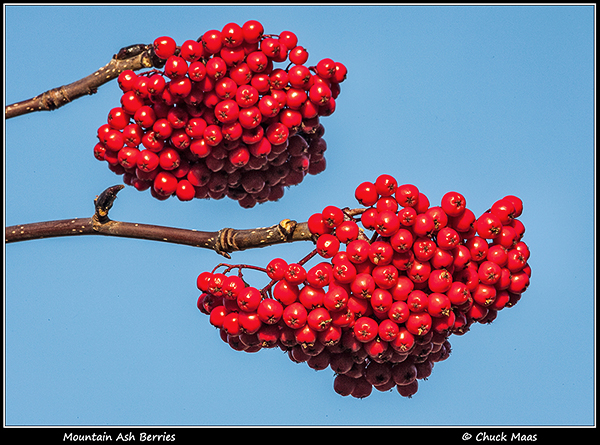Outdoor photographers create image files that have to be saved somewhere. Protecting those files—in the field, while being processed, and in archive—is a critical part of the extended management necessary to maximize and make one’s efforts worthwhile. In some respects this has gotten easier and less expensive, but the fundamentals haven’t changed.
In the field, photographers used to be constrained by expensive, limited-capacity memory cards, which often had to be juggled in some fashion in order to keep shooting. That’s no longer the case as cards have gotten way cheaper, far greater in capacity, and record data much more quickly. Having more memory capacity than any anticipated need is the first step in managing the process, but there is always risk with electronic files. Media can be lost or damaged, and the cardinal rule for reducing the risk is to have at least one backup of every file on a separate device. So even if you have enough cards to go for the entire shoot without reformatting any of them, a way to back them up is still more than prudent.
A device I’ve used for some time for field backup is a Sanho HyperDrive ColorSpace. The models of course have changed over the years and the current one is the UDMA3. Basically this device imports and saves files from CF and SD/SDHC/SDXC cards without a computer. Later, if needed, the files can be transferred via USB 3 or Wi-Fi. For power there’s a built-in rechargeable battery. The LCD on the device is not very high-res, but it’s enough to see the images and perform the functions for downloading the files. While I’ve always been reluctant to fully trust my ColorSpace as the only file repository, using it as a backup along with the original cards in a restricted shooting environment has worked well. You can buy the unit “bare bones” (without a storage drive), or with various sizes of hard drives. Some solid state drives have also been used successfully in the unit (though not SanDisk SSDs, for some reason). Keep in mind that memory cards are changing rapidly; Nikon’s D5 has moved to XQD (plus CF), and Canon’s 1D X Mark II uses CFast (plus CF), so field backup devices for these relatively new memory card formats are evolving.
If a laptop is available in the field that’s a big plus of course, as reviewing image files soon after capture can alert you to issues that need immediate fixes, like debris that’s made it inside the camera during lens changes, or—though rare—a memory card malfunction. Also, external storage options have proliferated of late.
Portable spinning hard drives have become very inexpensive; for example, the 1TB Western Digital My Passport is $59 at Amazon. But SSDs, though more expensive, are much faster and more robust. One example is the Samsung T3, and another is SanDisk’s Extreme 510. SanDisk also has the Extreme 900 which uses the newest USB 3.1Gen 2 Type-C interface. If you have a laptop which uses this port and protocol (such as the Dell XPS 13), expect data throughput roughly double that of the Extreme 510. Going even further, Sonnet Technologies just announced their new Fusion Thunderbolt 3 PCIe Flash Drive said to attain up to 2100 MB/s transfer speeds. That’s cutting-edge stuff, on all counts, but it indicates the direction portable storage is going.




